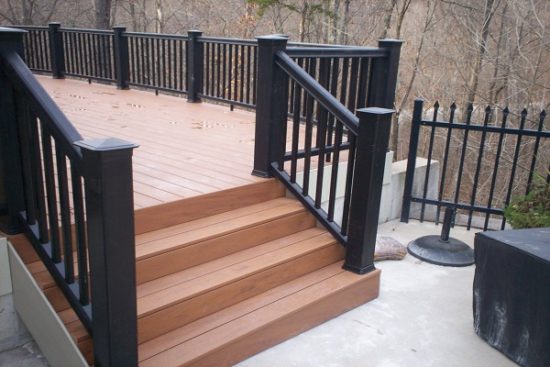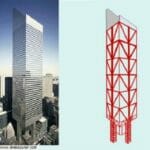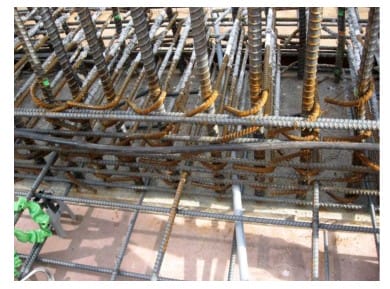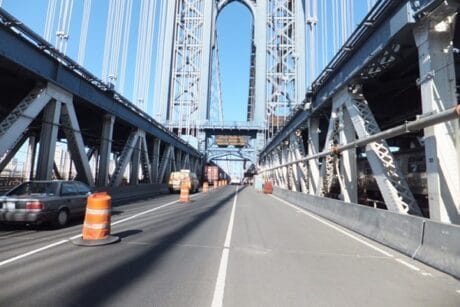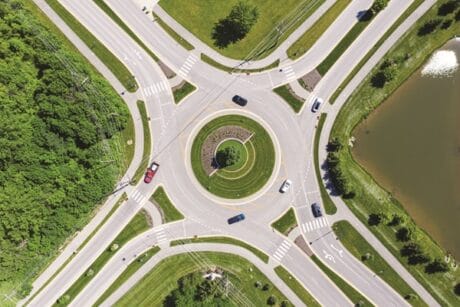No products in the cart.
- Course No E – 1716
- PDH Units: 4
Course No E - 1716
PDH Units: 4
- Course No E – 1716
- PDH Units: 4
Course No E - 1716
PDH Units: 4
Intended Audience: Civil, Building Engineers & Architects.
PDH UNITS: 4
In every major city, premier addresses flaunt high-end high-rise residential towers, that make it possible to maximize profit from acquiring high priced land. On these towers, row upon row of sleek railings march toward the heights, declaring at least small pieces of outdoor space as being for private use only. In conjunction with the design of the whole structure, these railings form a large part of the aesthetic of their projects. They are one of the most visible. All the while, the rails do the job for which they were really designed. That is keeping those behind them alive. This material briefly examines the materials and methods used to construct barriers against fatal falls. Codes governing the performance of railings will be examined, because safety is the main justification for such regulations. Different ways to meet those guidelines will be discussed. Different looks made possible by technology will be portrayed. Finally, the challenges faced by busy design firms in choosing, detailing, and specifying these integral building components will be examined. Many new tools for railing design are becoming available to architects, engineers and builders. 3-D imaging, 3-D modeling, BIM and CAD-CAM programs are changing the perception of what once was possible, especially in the area of renovation projects. New business models are beginning to emerge whereby the development of standard details and standard specifications for railing systems will become practical, for busy architectural firms providing services in multiple locales. This course in intended to convey that knowledge to such firms.
Learning Objective:
At the successful conclusion of this course, you will learn the following knowledge and skills:- Goals that must be met to achieve building code compliance in the design of railings
- Increased awareness of ADA guidelines and other regulations besides building codes, that must be satisfied in the design of railings
- Proper mounting for different railing configurations, being installed on different types of construction
- Familiarity with different material, design and finish options for railings and dividers
- Knowledge of issues faced with railing replacements in historic projects, as well as ways to accommodate needed historic detailing while still addressing safety
- Cognizance of trends toward standardized railing systems, standard details and master specifications, and how these trends help insure code compliance in the design of railings
Once completed, your order and certificate of completion will be available in your profile when you’re logged in to the site.

